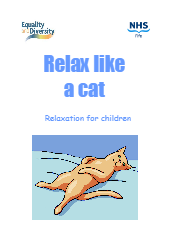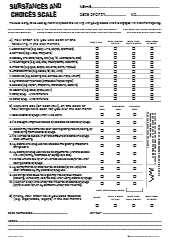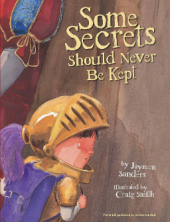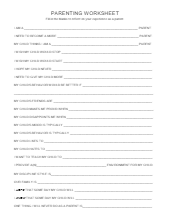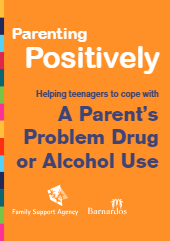This is a collection of free, downloadable resources to help children understand and cope with family changes like separation, divorce, and step-family adjustments. These guides provide practical advice, emotional support, and tips for navigating challenges such as moving between homes, dealing with arguments, and understanding feelings. Whether kids are facing big emotions, feeling caught in conflicts, or adapting to new routines, these resources offer clear guidance to empower and reassure them.
 Feelings When Your Parents Separate
Feelings When Your Parents Separate
The resource helps children understand and cope with their emotions during a family breakup. It includes common feelings, practical tips, and activities to express emotions, along with advice on finding support from trusted adults or counsellors.
 Why Do Parents Separate?
Why Do Parents Separate?
The booklet helps children understand why parents might separate, assuring them it is never their fault. It answers common questions, shares real experiences from kids, and offers advice on coping with the changes while finding support. The booklet explains family changes in simple terms, helping children adjust to life after separation.
 If You’re Feeling Down
If You’re Feeling Down
The resource helps children understand and manage feelings of sadness or stress after a family separation/divorce. The guide encourages kids to identify their emotions and seek help from trusted adults or professionals. This publication reassures children they are not alone and offers strategies to cope with challenging emotions.
 Living Between Two Homes
Living Between Two Homes
Living in two homes can be tough, but routines like using a calendar and packing checklists can help. The guide encourages kids to share their feelings and reminds them their needs are important. Having a special space and familiar items can make both homes feel comfortable.
 Staying Out of the Fights
Staying Out of the Fights
The guide explains that while parents may argue, it is okay for children to express how it makes them feel and take steps to look after themselves.. If arguments feel unsafe, children are encouraged to seek help from trusted adults or call for assistance. The resource reminds kids they cannot control their parents’ behaviour and should focus on their own well-being.
Violence in M y Family
y Family
Family violence is never a child’s fault. The guide encourages kids to talk to a trusted adult if they feel unsafe and reassures them their feelings are valid. It explains what violence is, how it affects families, and reminds kids they are not responsible for stopping it. Help is available through trusted adults, counsellors, or helplines.
 If Your Parents Are Going to Court
If Your Parents Are Going to Court
The guide explains how the Family Court helps resolve parenting disagreements and prioritises children’s needs. It introduces professionals who represent kids’ feelings and reassures them that Court Orders are for parents to follow, not children. Support is available to help kids through the process.
 When You Feel Caught in the Middle
When You Feel Caught in the Middle
Being caught in the middle of your parents’ fights can feel overwhelming and exhausting. The guide reminds kids that it is not their job to fix adult problems and reassures them that fights are never their fault. It also encourages them to seek support from trusted adults or counsellors.
 Coping with Changes After Your Parents Separate
Coping with Changes After Your Parents Separate
Changes after separation, big or small, can be tough to handle. Changes after separation can be tough. It is normal to feel sad or have mixed feelings. The booklet encourages kids to talk to trusted adults and focus on positives, like more time with parents or new family members.
 Getting Used to Life in a New Step-Family
Getting Used to Life in a New Step-Family
Adjusting to a step-family can bring mixed feelings. The guide explains family roles, common emotions, and challenges like changes in family dynamics or feeling out of place. It encourages kids to talk openly with parents or trusted adults, find common ground with step-family members, and take time to build relationships. Support is available to navigate these changes.
 Feelings Chart
Feelings Chart
This chart helps kids identify and express their emotions, from sadness and happiness to anger, fear, and confusion. It lists a wide range of feelings, like “betrayed,” “excited,” “worried,” and “confident,” to help kids better understand and describe how they feel in different situations.
 Anchor’s Top Tips
Anchor’s Top Tips
